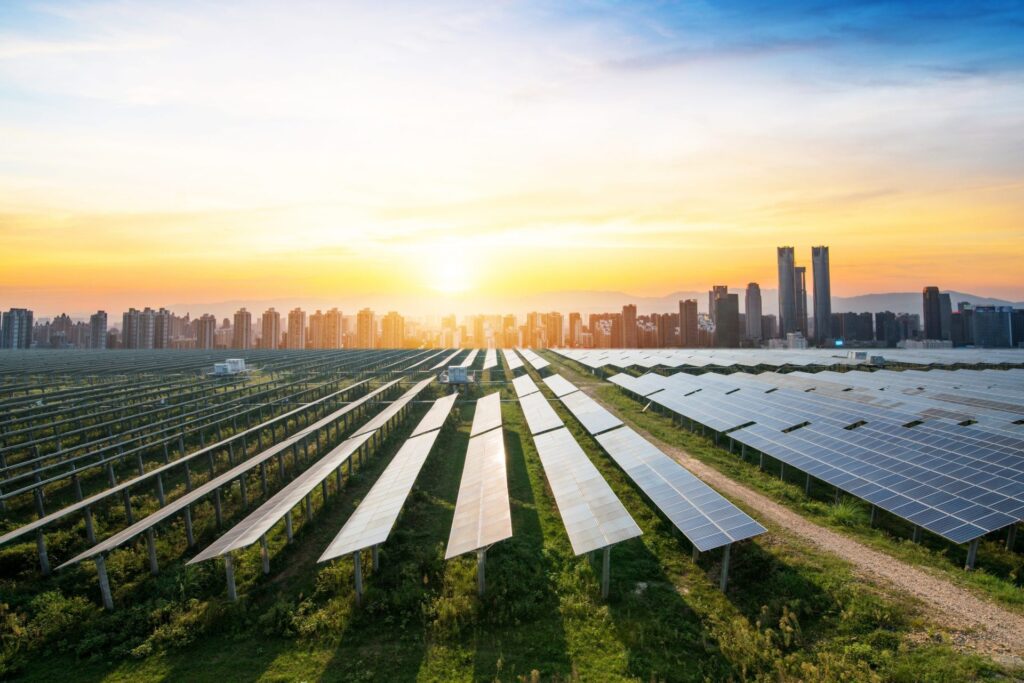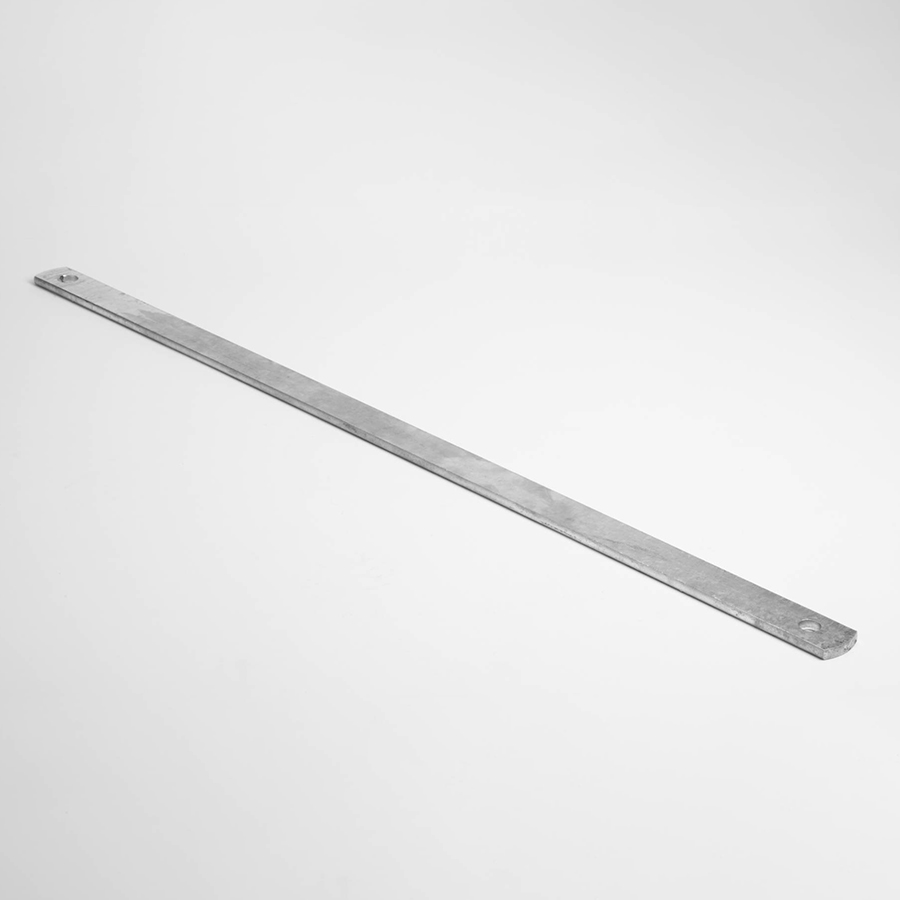
Distributed energy resources (DERs) have great potential in South America’s energy sector. It provides solutions to energy access, sustainability, and grid stability challenges. Common DERs in the region include solar panels, wind turbines, battery storage, and small hydroelectric installations. They provide electricity to isolated, rural, and underserved communities. This is especially in countries like Colombia, Chile, Peru, and Argentina. South America has abundant renewable resources from solar potential in the region. DERs provide a way to harness the resources efficiently at a lower cost. DERs can replace the use of fossil fuels. This also helps reduce greenhouse gas emissions and meet their climate commitments. Distributed energy resources can help improve grid resilience in areas prone to natural disasters. A steel crossarm serves as the horizontal beam attached to utility poles. They provide a stable platform for mounting various electrical equipment.
A steel crossarm holds conductors in place to ensure a reliable connection between different components of the power system. It helps maintain the correct spacing between conductors to prevent electrical arcing and short circuits. A steel crossarm serves as a base for mounting a variety of electrical equipment, including transformers, circuit breakers, fuses, insulators, metering devices, and communication devices. Steel crossarms have designs to withstand harsh weather conditions such as strong winds, heavy rains, and extreme temperatures. A steel crossarm is popular in the region due to the diverse terrain, abundant renewable resources, and grid modernization. Let’s look at the uses and function of a steel crossarm in DER’s and battery storage solutions.
Functions of a steel crossarm in distributed energy resources in South America
A steel crossarm is a crucial component in distributed energy resources and battery energy storage solutions in South America. It provides structural support and stability to overhead power lines and grid infrastructure. Steel crossarms play a vital role in ensuring the safe and efficient delivery of electricity from decentralized sources. A steel crossarm eases the integration of DERs and energy storage solutions across diverse South American landscapes. This helps to enhance the stability and resilience to contribute to sustainable energy goals. The following are the functions of a steel crossarm in DERs.

- Electrical clearance – the crossarm helps maintain proper electrical clearance between power lines. It also helps reduce the risk of arcing, which could lead to outages. The steel crossarm provides spacing to avoid faults and shorts.
- Supporting electrical conductors – steel crossarms are able to support and separate conductors on utility poles. The strength of the crossarm helps to bear the weight of the conductors and other components.
- Supporting the installation of BESS installations—a steel crossarm helps to support the infrastructure needed for connection and distribution. Steel crossarms on distribution poles support conductors and transmission equipment connecting BESS units.
- Reducing line losses – the steel crossarm helps reduce line losses due to resistance and inefficiencies. It also contributes to the consistent delivery of power from decentralized sources, which is crucial for South America.
Restraints facing the development of DERs in South America
The development of distributed energy resources holds potential for improving energy access and sustainability. They provide several benefits but also face several factors that hinder their deployment. These challenges range from infrastructure limitations to regulatory barriers and economic hurdles. To overcome these challenges, the governments and private sectors can put in place supportive policies and incentives, expand access to financing, invest in workforce development, deploy energy storage solutions, and encourage local manufacturing. At TTF Power, we are a world-class global provider of high quality overhead line hardware, transmission hardware, distribution hardware, conductors, insulators, cutout switches, anchoring and grounding products. These components support the development of distributd energy resources in South America. The following are the constraints facing DER development in South America.

- Outdated grid infrastructure—many South American grids lack modern transmission and distribution systems. This would need upgrades to integrate DERs into the grid, which can lead to instability and inefficiencies.
- Lack of energy storage solutions—energy storage systems are essential for balancing supply and demand. It also helps in storing energy for later use and stabilizes the grid.
- Dependence on international support and foreign investment – dependence on foreign investment creates vulnerability to changes in foreign policy. Local governments and private sectors need to reduce dependency on foreign capital and strengthen local funding mechanisms.
- High initial costs and limited access to financing—the upfront costs for installing DER systems are a major concern. Access to financing options for DERs is also limited due to perceived risks and a lack of knowledge. This limits the expansion of distributed energy resources in the region.